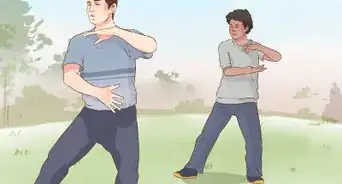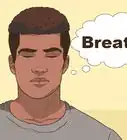This article was co-authored by Masha Kouzmenko. Masha Kouzmenko is a Meditation Coach and the Co-Founder of Silicon Valley Wellness, a company based in the San Francisco Bay Area that provides holistic health education services such as mindfulness meditation and yoga instruction to businesses. She has over five years of meditation and yoga instruction experience and specializes in guided meditation. She has a BA in Economics from the University of California, Berkeley.
There are 11 references cited in this article, which can be found at the bottom of the page.
wikiHow marks an article as reader-approved once it receives enough positive feedback. In this case, 100% of readers who voted found the article helpful, earning it our reader-approved status.
This article has been viewed 205,900 times.
Meditation without a master might not seem easy, but many people learn to effectively meditate on their own. Teaching yourself how to meditate can feel deeply rewarding. Plus, it's easier for people with busy schedules. To get started, you’ll need to carefully plan your meditation. While there are a variety of meditation approaches you can do on your own, mindfulness meditation, body scan meditation, and walking meditation are good choices to ease into meditating without a master.
Steps
Practicing Mindfulness Meditation
-
1
-
2Relax your muscles. Pay attention to any muscles that seem tense, and try to relax them. [3]
- You often carry tension in your neck, shoulders, and back, so be mindful of these areas.
Advertisement -
3Remind yourself why you are meditating. Recent research suggests that meditation sessions are more successful if you start by thinking about the benefits you and your family or friends will gain from the process. Repeat this step during each session.[4]
-
4Focus on your breath. Breathe deeply, and think about how each breath feels. Pay close attention to where your breath enters your nose, fills your lungs, and exits your mouth.[5]
- Try to pay attention only to your breath, and tune out distracting sounds, feelings, and thoughts.
- This is an excellent beginner exercise that you can do on your own. It can also help prepare you for more advanced meditation practices.
-
5Don’t worry about your mind drifting.[6] It’s totally normal for your mind to drift while performing this exercise, and being able to identify when this happens is an important step in the exercise. If this occurs, focus again on your breathing.[7]
- Learning to identify when your mind is drifting or worrying, and refocusing your attention will help deal with anxiety and stressful thoughts.
-
6Try counting with each breath. To increase your focus on breathing and minimize drifting, you can start counting with each breath you take. Count on the exhale. [8]
-
7Put your focus into words. Our thoughts often distract us from thinking about our breathing, so try connecting your thoughts with your breathing. For example, as you breathe in, think to yourself that you are breathing in. When you breathe out, note that you are breathing out.
-
8Review your meditation session. Reflecting on how the exercise went will you improve your technique. Think about what you liked or didn’t like about the session.[9]
- It can be helpful to keep a meditation notebook or journal that you can look back on.
- If there are specific thoughts that keep intruding, write them down.
Relaxing With Body Scan Meditation
-
1Get prepared. To perform a full body scan meditation, set aside about 30 minutes. Pick a comfortable location, and lie down so that your back is flat.[10] [11] [12]
- Make sure your phone, computer, and television are off so you can concentrate on the meditation.
- Your bed or a yoga mat are good places to perform this exercise.
- It can also help you relax if you dim the lights and take off your shoes. Some people also find it helpful to close their eyes.
-
2Identify the parts of your body that seem tense. Before you officially start the scan, pay attention to the parts of your body that seem tense or painful. When you identify these areas, try to relax or soften your muscles.[13] [14]
- Holding tension in these areas will prevent you from being fully relaxed and enjoying as much benefit from the body scan.
-
3Start a mental scan of your body. Pretend you are checking in with different parts of your body, and pay attention to how these parts feel. Focus on one part at a time.[15]
- For example, if you start with your foot, observe how different parts of the foot touch the mat, your bed, or the floor. Do certain parts of your foot feel different from the rest? If you are wearing shoes or socks, think about how these feel against your feet.
- Many people find it helpful to start with their toes and move toward their head. You can also start with your head and work toward your toes.
-
4Continue with the scan. When you finish reflecting on a body part, allow yourself to move on to another. Work your way to the top of your head.[16]
- Don’t feel rushed or worry about the time. You don’t have to spend a specific amount of time on each body part. Just give yourself long enough to scan how each part feels.
-
5Eliminate distractions. It can be challenging to eliminate distractions such as negative thoughts, the sound of traffic, or a radio in another room, but don’t let these intrude on your meditation.[17]
- Allow negative thoughts and distractions from the world around you to fade away. If you find yourself getting distracted during the scan, don’t feel bad. Knowing when you become distracted is a beneficial part of the exercise because you will be better able to prevent this from occurring in the future.
- Don’t feel like you are judging your body during the scan. Instead, you are observing how it feels and works.
-
6Focus on connections between body parts. After you’ve scanned each body part, try to be aware of how they connect to one another at your joints. Notice how these connections feel.[18]
-
7Pay attention to how your skin feels. As a final part of the scan, think about how your skin feels.[19]
- Are certain parts cooler or warmer than others? Can you feel different textures from clothing, sheets, or the mat?
-
8Reflect on your meditation. Now that you’ve fully scanned your body, try writing about your experience in a notebook or journal.[20]
- Do you feel less pain or tension in certain areas?
- What worked well with the exercise? What parts of the body scan seemed less effective? Were there moments when you felt distracted? What distracted you? How could you avoid these distractions in the future?
-
9Repeat as needed. Repeat this exercise as often as you would like to relax your body. The more regularly you perform a body scan, the easier it will be to maintain your focus and achieve the most benefit.
Trying Walking Meditation
-
1Start by standing. It might sound silly, but the first part of this exercise is to stand in place and pay attention to how you feel. Notice the shifting of your weight, what you feel in your legs and feet, what your clothes feel like.[21]
- This step makes you more aware of all the thing your body has to do in order to stand and move.
-
2Begin walking. You might be used to speed walking from your car to the office or sprinting to the bus stop with your kids, but you’ll need to adopt a slower, more comfortable pace.[22]
- You don’t have to move in slow motion, but think about how you would walk without a specific destination in mind.
- This is a good exercise for people who have trouble sitting still or may feel restless when using other meditation techniques.
-
3Think about your feet. Now that you’ve started walking, think about what your feet are feeling. Pay attention to your heel touching the ground, the ball of your foot as you lift off.[23]
- You’ll also start to notice how your socks and shoes feel against your feet.
-
4Direct your attention to different parts of your body. Direct the focus to different parts of your body—such as your legs, calves, ankles, hips, and spine—and think about how these parts feel when you’re walking.[24]
- As you think about each body part, try overemphasizing its movement to highlight what it does. For example, try swinging your hips more.
- Think about how your different body parts connect, and what feels like in these places.
-
5Focus inward. After you’ve paid attention to your body parts, you can turn to your feelings and thoughts. Without fixating on a specific thought, just make an observation about what you are thinking or feeling.[25]
-
6Compare your mental and physical feelings. The goal here is to be simultaneously aware of how your body and mind are feeling. Try to achieve a state of balance so that you aren’t focusing more on one aspect than the other.[26]
-
7Come to a stop. Just like you started this exercise with standing, you will finish it the same way. You don’t have to jerk to a stop, but just slow your pace and stand still.[27]
- Again, focus on what it feels like to be standing instead of moving.
-
8Make the exercise your own. You can personalize the exercise to maximize the benefits. Here a few suggestions to get you started.[28]
- Try using this exercise with any physical activity, such as running, riding a bike, or skating.
- Think about a positive affirmation, a compelling quote, or a Buddhist principle, while you perform the exercise.
- Devote as much or as little time as you can. One of the great things about this exercise is that you can easily find time to do it during your day. Try it while you walk the dog, push a stroller, or commute to work. If you’re doing it for the first time, give yourself about 20 minutes, and pick a restful quiet place like a park or garden.
Planning Your Meditation
-
1Identify what you hope to get out of meditation. Knowing what you want to get out of meditation is an important place to start since different meditation techniques can be used to reach different goals. Consider your motivation for meditation:[29]
- For example, ask yourself if you hope to gain insight into a problem, improve your concentration, achieve a sense of calm, develop more energy, or better sleep? Are you interested in meditation as a way to overcome abuse, addiction, or other difficult life situations?
-
2Choose a meditation technique to meet your goals and personality. Now that you’ve identified why you want to meditate, determine the specific meditation exercises that will suit your needs. While most forms of meditation relieve stress and anxiety, certain types of meditation can provide specific benefits and work better with certain personality types.
- Mindfulness meditation is good for people who are easily distracted and looking to improve their focus and concentration.
- If you are an active person who has a hard time sitting still, you might want to consider a meditation technique such as walking meditation where you can move and be outside.
- Loving kindness meditation is often recommended for people wanting to feel more compassionate and empathetic.
-
3Manage your expectations. There are a lot of books, articles, and online resources that promise amazing transformations, but it’s a good idea to keep your expectations reasonable. Changing the way you think or feel through meditation can take a long time to achieve.
- Learning how to meditate takes time and practice, so don’t expect to be comfortable with it immediately.
-
4Plan your meditation time. Many people don't allow much time for meditation or choose a good time to practice it. Ideally, the best times are in the early morning or late at night, when it typically is more peaceful and quiet around you and you can relax properly.[30] [31]
- You can choose any time when you know your surroundings will be quiet and you can focus for a longer period.[32]
- Try to set aside 3 to 5 minutes for meditation at first, and gradually build up to about 45 minutes.
- You might not always have the full time you would like, but planning your meditation time will help you get in the right mindset to meditate.
-
5Understand that you are already meditating. Many people meditate without knowing it. When you relax with a cup of tea, paint a picture, or go outside and feel relaxed, you’ve had a meditative experience.
- Take comfort in knowing that you already have some experience meditating and can achieve even better results with more focused practice.
-
6Set ground-rules. Learning to meditate is like any other kind of training, and establishing guidelines or setting ground rules will make your practice more successful. In addition to following a specific meditation technique, try to plan what you will do before and after you meditate.
- It can also be helpful to plan how you will respond or react if your meditation is interrupted or disturbed. Achieving meditation is difficult and it can be aggravating to have that state interrupted, but you can control how will respond and how you will get back on track.
- Having the same routine before and after meditation will help you get in the mindset quickly and extend the benefits for a longer period.
-
7Find a good place to meditate. Choosing where to meditate is just as important as choosing when to meditate. You will want to select a location that is quiet, comfortable, and where you feel safe.[33]
- If you live in a busy house, or in a noisy environment where there is little space or silence, look for an alternative location. It might require borrowing a spare room at a friend's or relative's house or booking a study room in a library. You can also meditate outside in a place like a garden, a gazebo or other outdoor structure where you can get away from others for a short time.
-
8Relax before starting. Your meditation will be more successful if you can take a few minutes to relax before you get started. Try some of these techniques to get in the right space to meditate:
- Practice tensing and relaxing groups of muscles.
- Imagine a tranquil scene.
- Listen to soft music.
- Take deep breaths.
- Try stretching.
-
9Continue practicing. Like any other skill, meditation is more effective when you practice it regularly. Meditation will come more easily if you schedule sessions frequently.[34]
- Choose a time that works with your schedule and needs –once a day, twice a day, once a week, twice a week, even once a month if you're struggling to begin.
- Try to make meditation a part of your routine so you don’t have to make a decision to meditate. It will just be part of your typical day.[35]
- It’s normal for some meditation sessions to be easier than others, so don’t be discouraged if you have difficulty reaching a meditative state.
-
10Reflect on your experience. Each time you meditate, take a few minutes to reflect on your experience. Make some notes about what went well or didn’t go well.
- This might help you identify behaviors or external factors that are making it harder to meditate. You will also learn which parts of your routine are most effective.
Expert Q&A
Did you know you can get expert answers for this article?
Unlock expert answers by supporting wikiHow
-
QuestionHow can I meditate by myself?
 James BrownJames Brown is a San Francisco Bay Area-based teacher of Vedic Meditation, an easy and accessible form of meditation with ancient roots. James completed a rigorous 2-year study program with Vedic masters, including a 4-month immersion in the Himalayas. James has taught thousands of people, individually, and in companies such as Slack, Salesforce, and VMWare.
James BrownJames Brown is a San Francisco Bay Area-based teacher of Vedic Meditation, an easy and accessible form of meditation with ancient roots. James completed a rigorous 2-year study program with Vedic masters, including a 4-month immersion in the Himalayas. James has taught thousands of people, individually, and in companies such as Slack, Salesforce, and VMWare.
Meditation Coach
References
- ↑ James Brown. Meditation Coach. Expert Interview. 3 April 2019.
- ↑ https://www.psychologytoday.com/blog/our-empathic-nature/201401/how-meditate-made-easy-mindfulness-meditation
- ↑ https://www.psychologytoday.com/blog/our-empathic-nature/201401/how-meditate-made-easy-mindfulness-meditation
- ↑ https://www.psychologytoday.com/blog/our-empathic-nature/201401/how-meditate-made-easy-mindfulness-meditation
- ↑ https://www.psychologytoday.com/blog/our-empathic-nature/201401/how-meditate-made-easy-mindfulness-meditation
- ↑ Masha Kouzmenko. Meditation Coach. Expert Interview. 26 March 2020.
- ↑ https://www.psychologytoday.com/blog/our-empathic-nature/201401/how-meditate-made-easy-mindfulness-meditation
- ↑ https://www.psychologytoday.com/blog/our-empathic-nature/201401/how-meditate-made-easy-mindfulness-meditation
- ↑ https://www.psychologytoday.com/blog/our-empathic-nature/201401/how-meditate-made-easy-mindfulness-meditation
- ↑ http://www.npr.org/templates/story/story.php?storyId=7650123
- ↑ http://www.mindful.org/the-body-scan-practice/
- ↑ http://ggia.berkeley.edu/#filters=mindfulness
- ↑ http://www.npr.org/templates/story/story.php?storyId=7650123
- ↑ http://ggia.berkeley.edu/#filters=mindfulness
- ↑ http://www.npr.org/templates/story/story.php?storyId=7650123
- ↑ http://www.npr.org/templates/story/story.php?storyId=7650123
- ↑ http://www.npr.org/templates/story/story.php?storyId=7650123
- ↑ http://www.npr.org/templates/story/story.php?storyId=7650123
- ↑ http://www.npr.org/templates/story/story.php?storyId=7650123
- ↑ http://www.meditationoasis.com/how-to-meditate/simple-meditations/walking-meditation/
- ↑ http://www.wildmind.org/walking/introduction
- ↑ http://www.wildmind.org/walking/introduction
- ↑ http://www.wildmind.org/walking/introduction
- ↑ http://www.wildmind.org/walking/introduction
- ↑ http://www.wildmind.org/walking/introduction
- ↑ http://www.wildmind.org/walking/introduction
- ↑ http://www.wildmind.org/walking/introduction
- ↑ http://www.wildmind.org/walking/own
- ↑ https://www.psychologytoday.com/blog/in-practice/201303/5-meditation-tips-beginners
- ↑ James Brown. Meditation Coach. Expert Interview. 3 April 2019.
- ↑ https://www.psychologytoday.com/blog/in-practice/201303/5-meditation-tips-beginners
- ↑ Masha Kouzmenko. Meditation Coach. Expert Interview. 26 March 2020.
- ↑ Masha Kouzmenko. Meditation Coach. Expert Interview. 26 March 2020.
- ↑ http://blog.dwbuk.org/buddhist-meditation-2/beginners-meditation-tips/
- ↑ Masha Kouzmenko. Meditation Coach. Expert Interview. 26 March 2020.


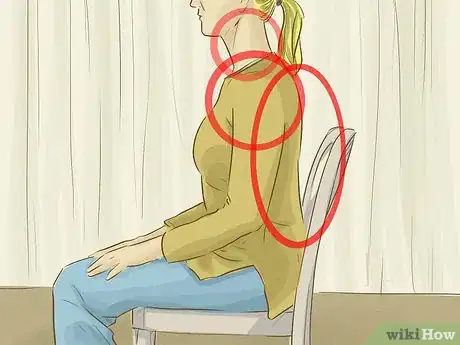
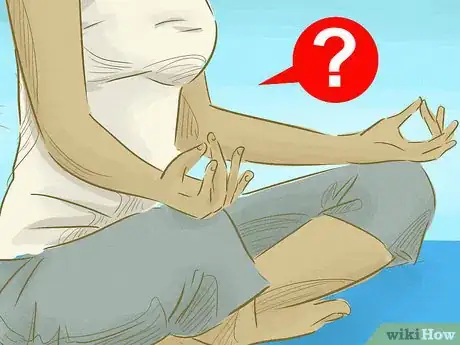
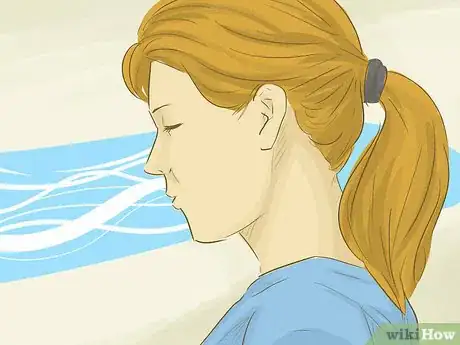




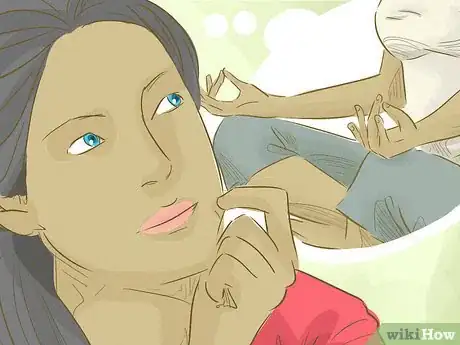
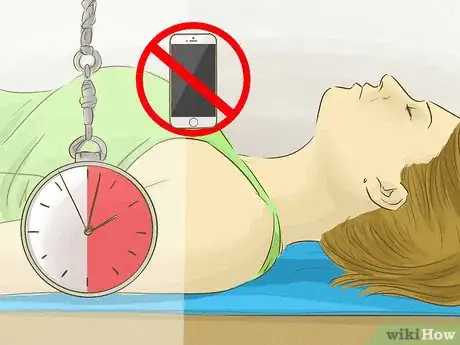

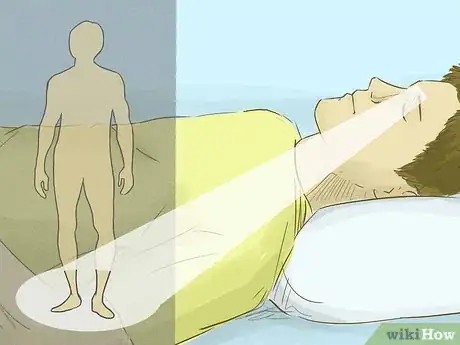
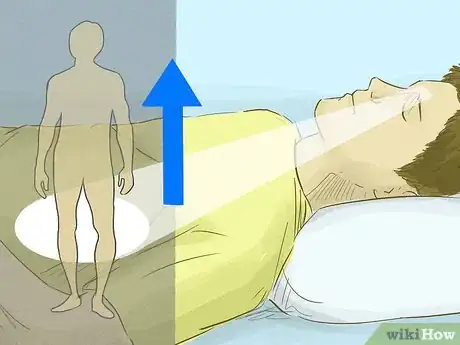


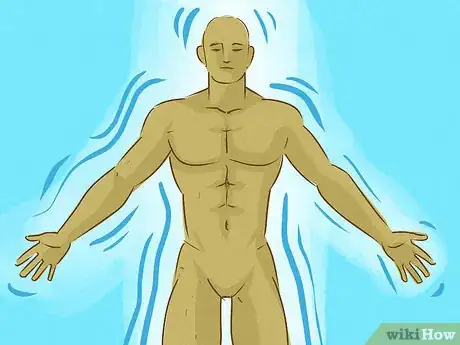
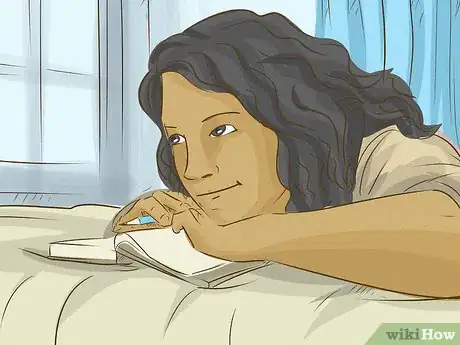
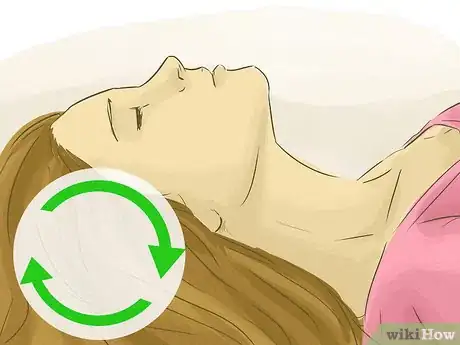
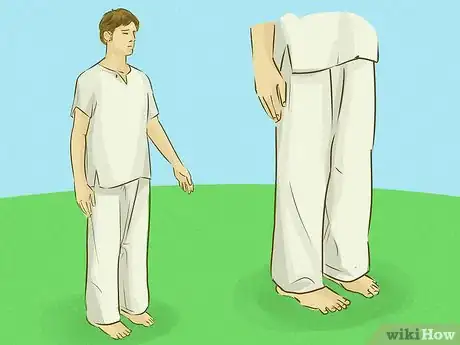


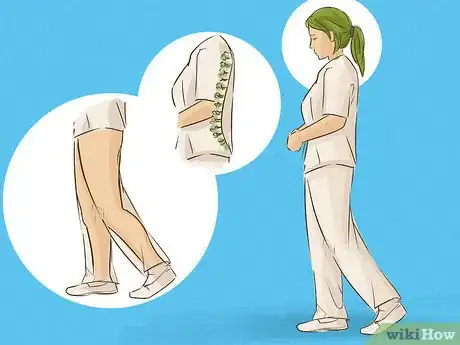
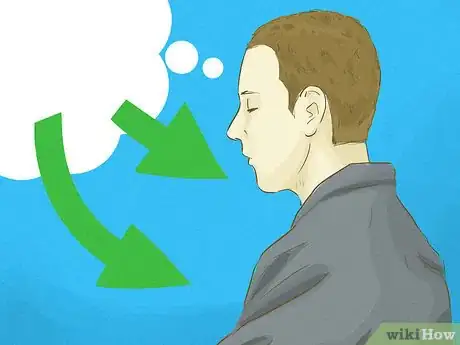
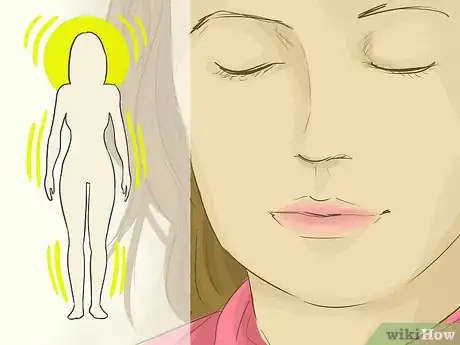
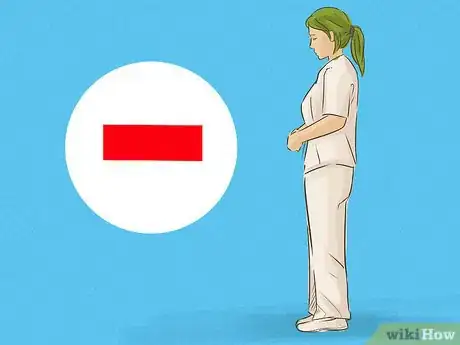
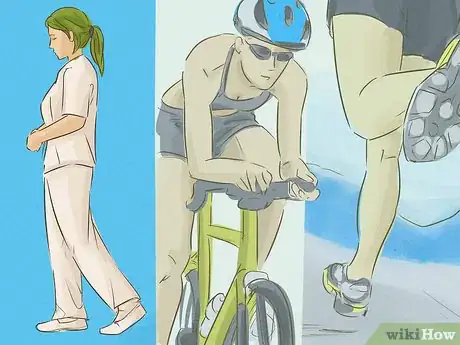
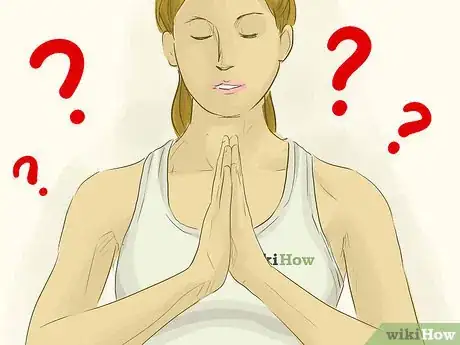
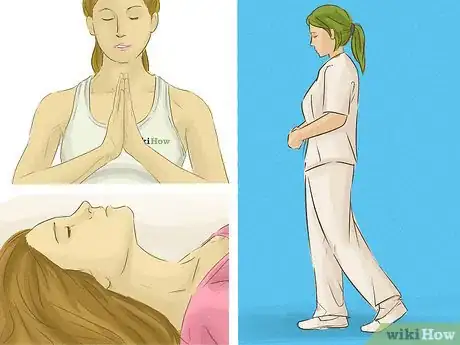
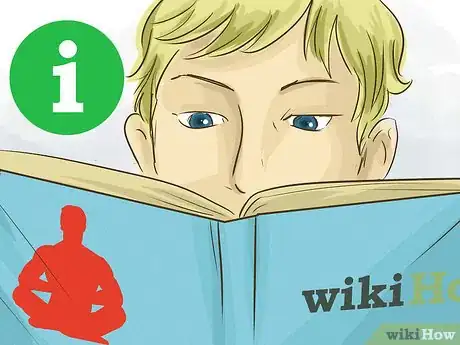
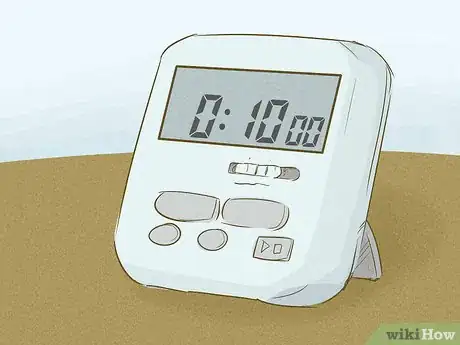
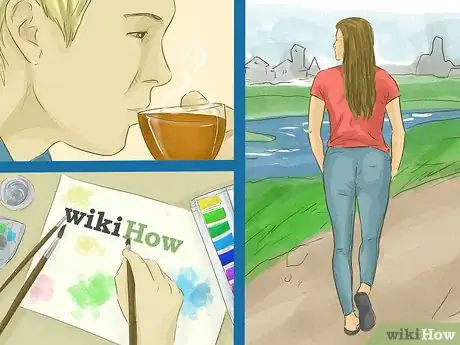
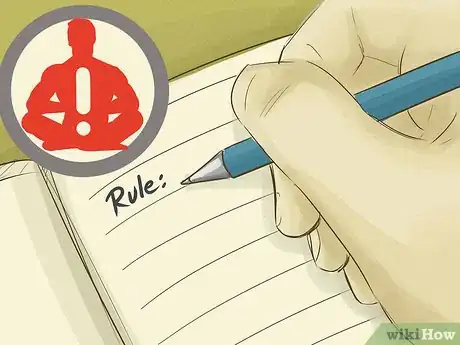
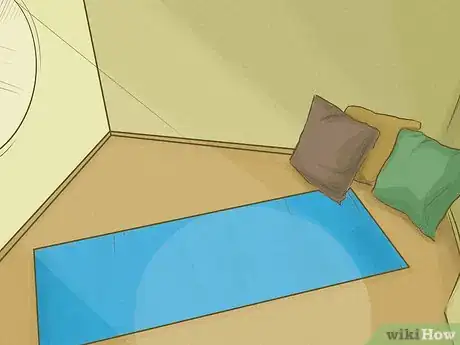
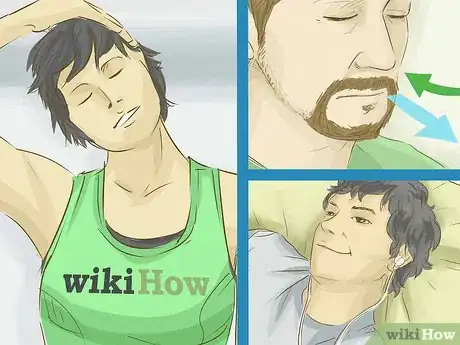



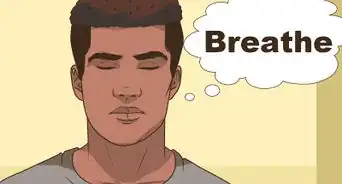







-Step-18-Version-2.webp)


